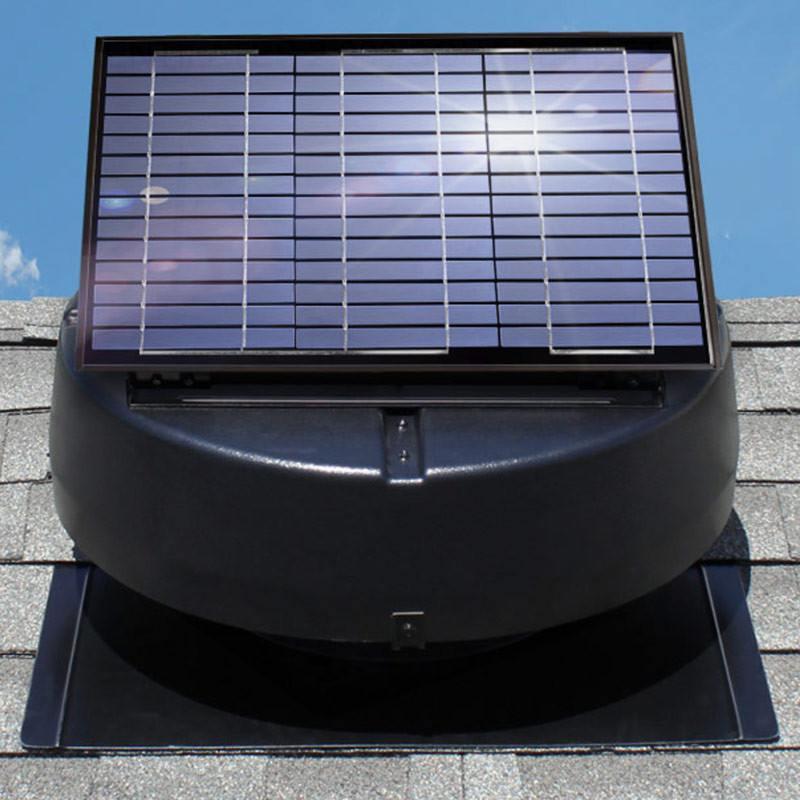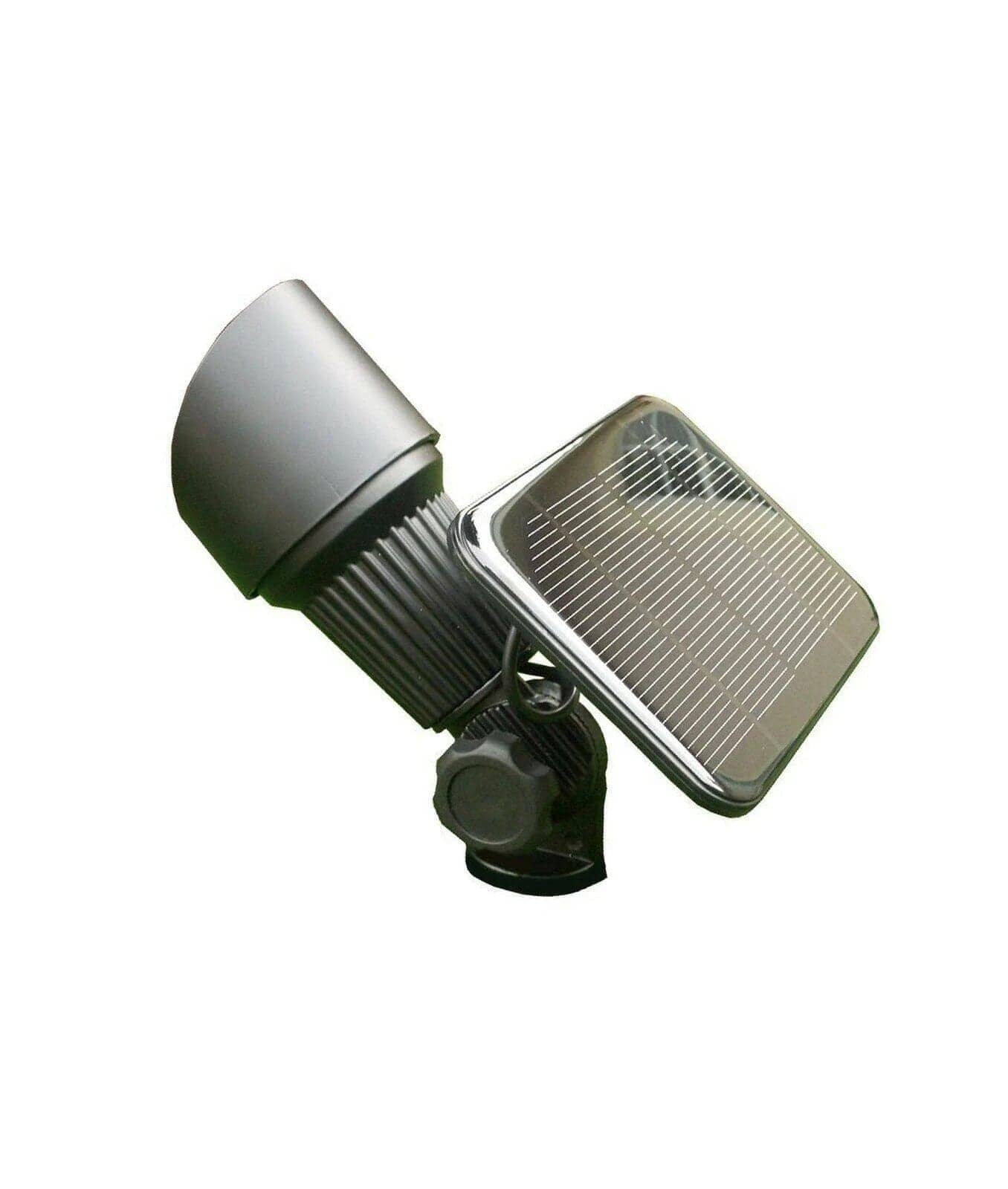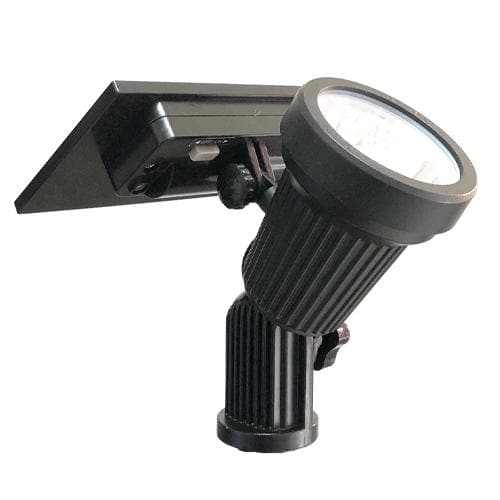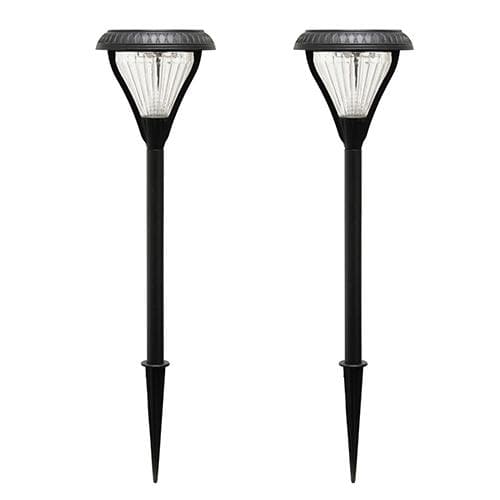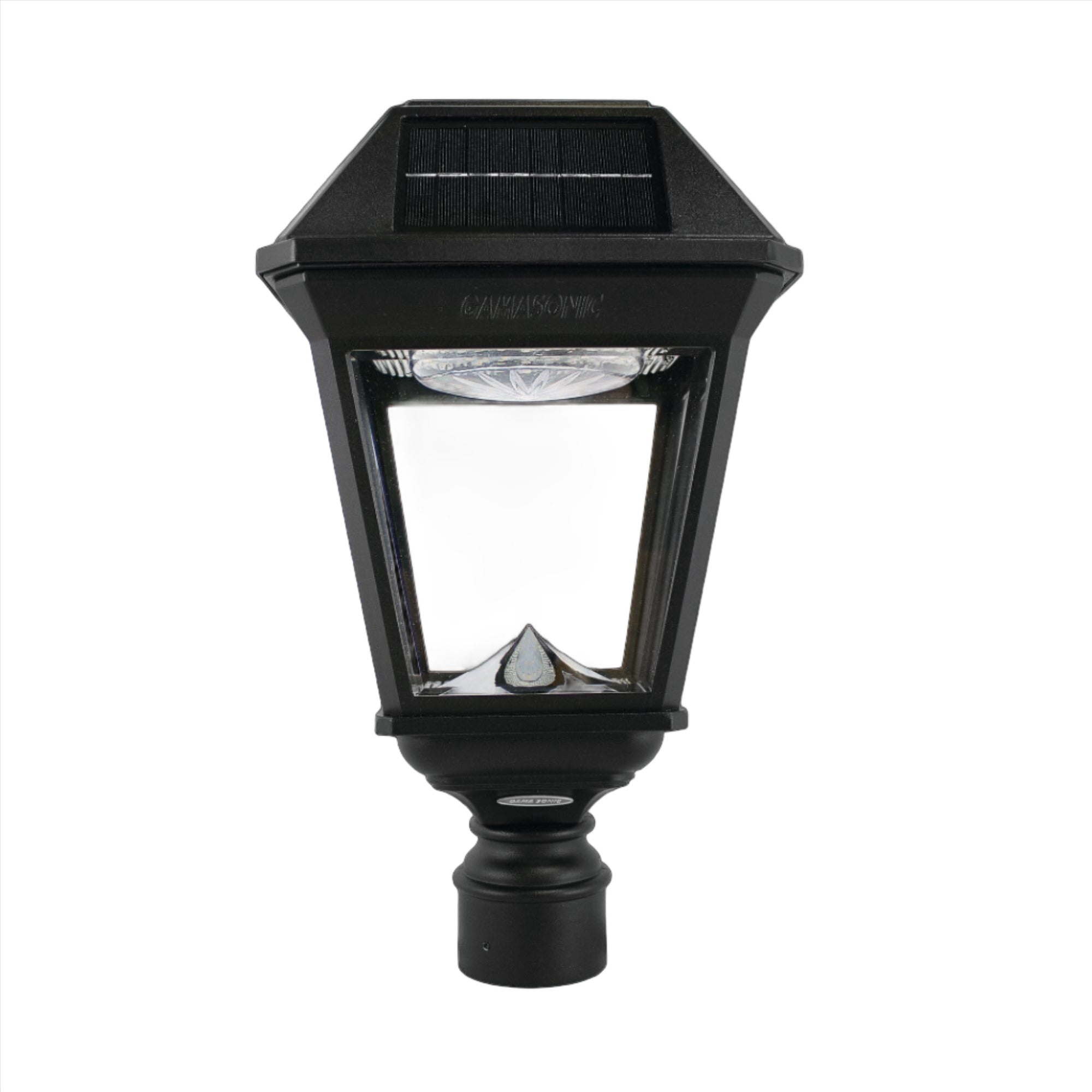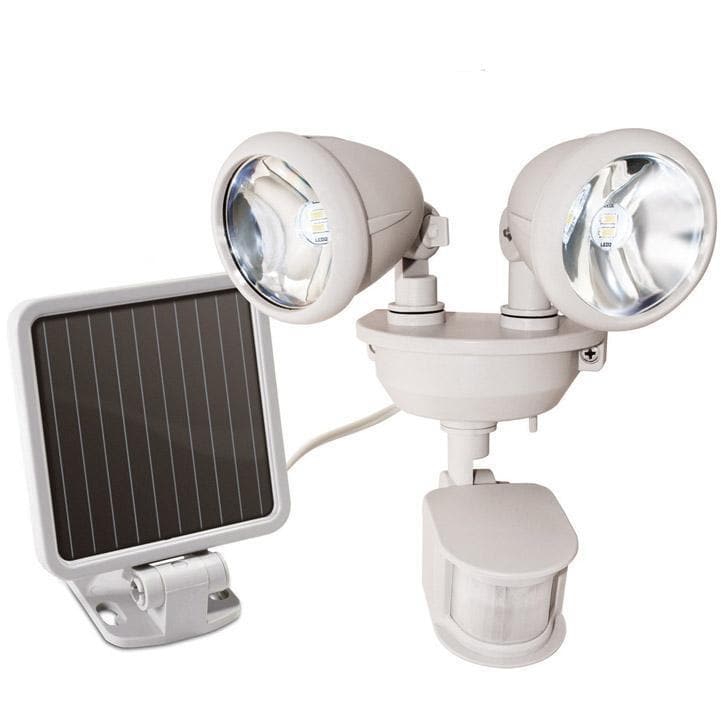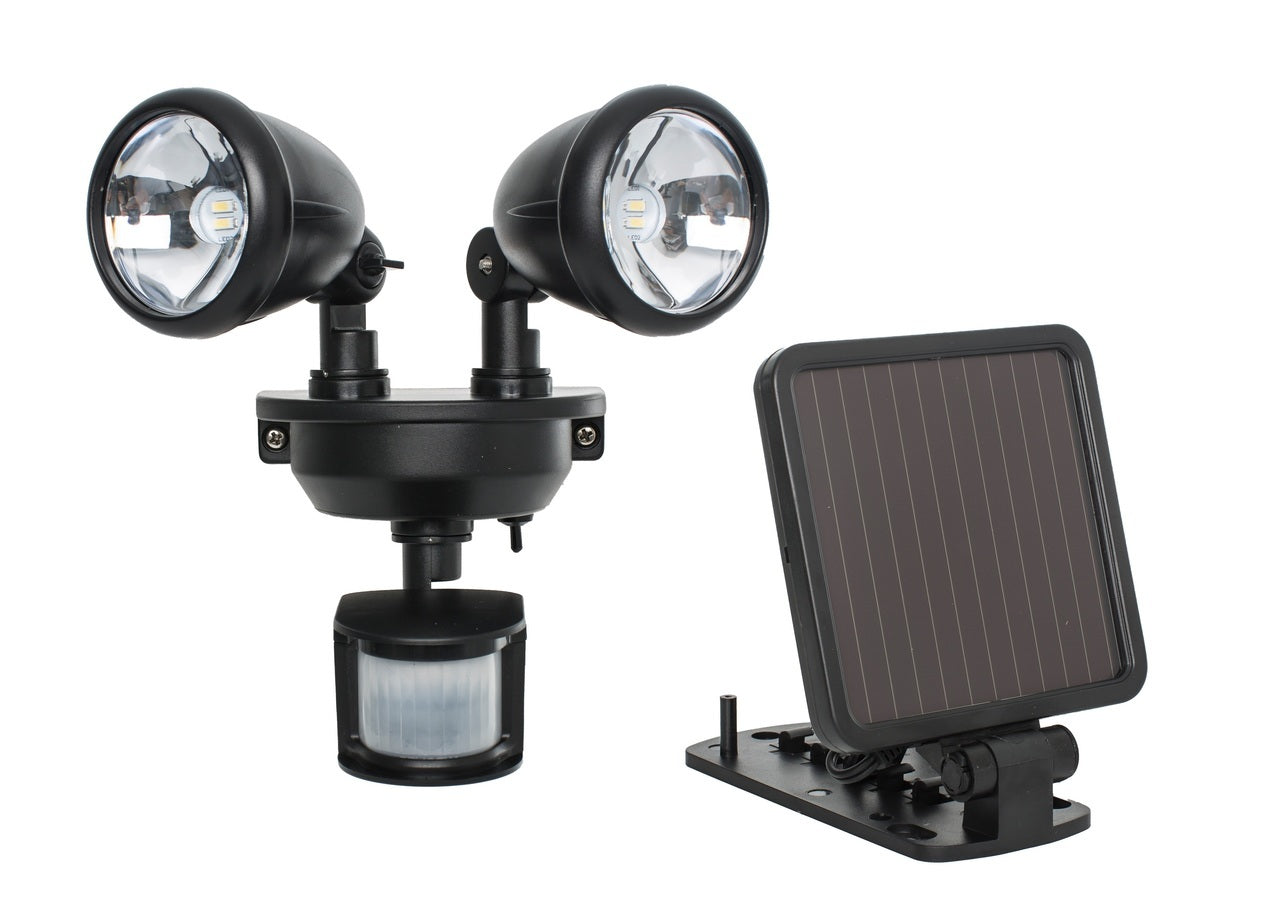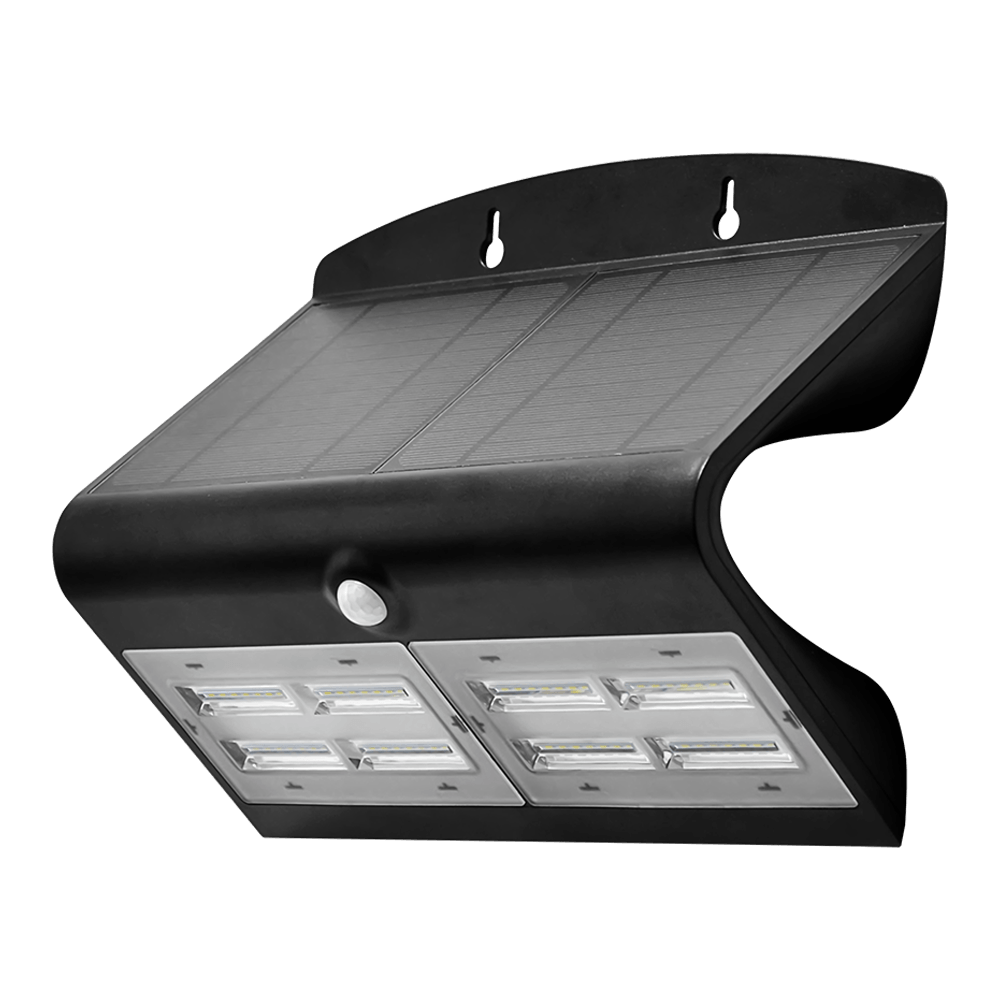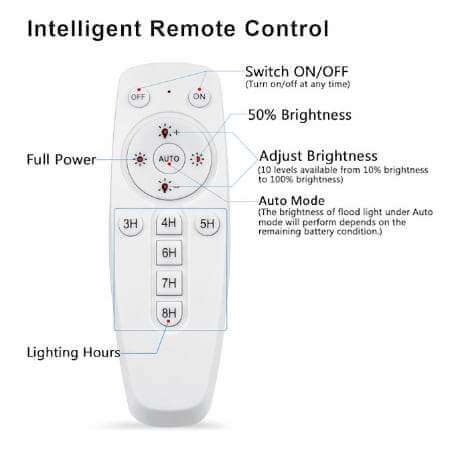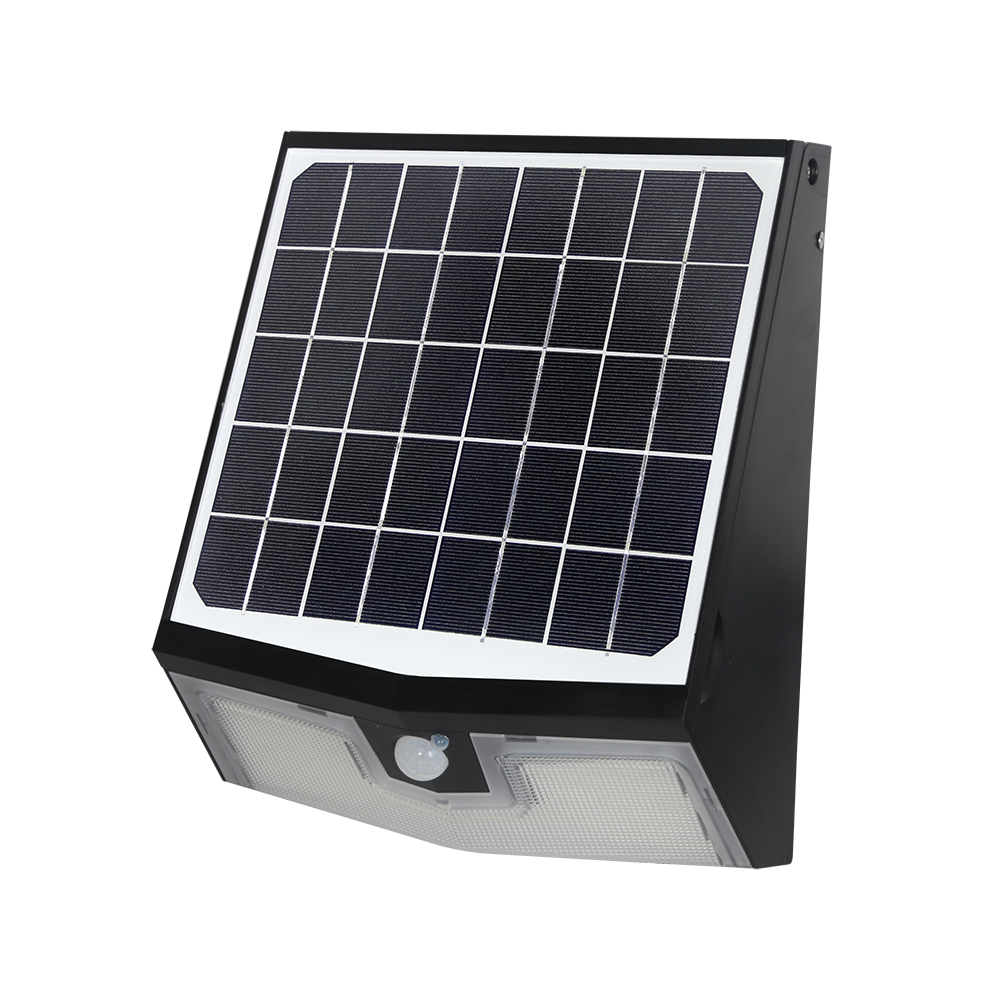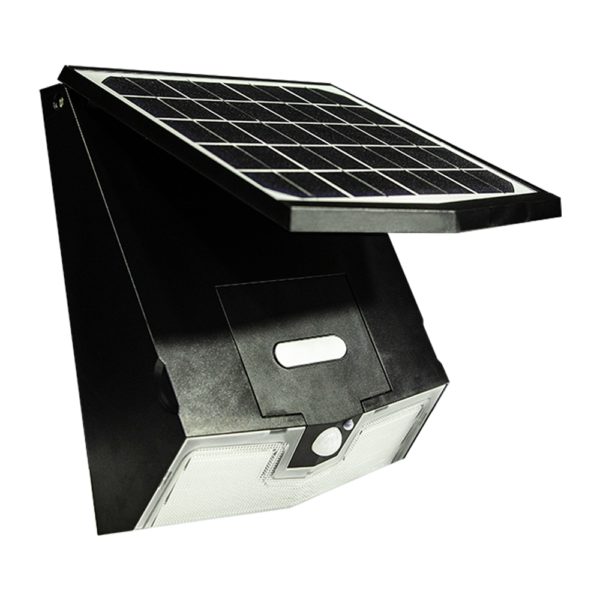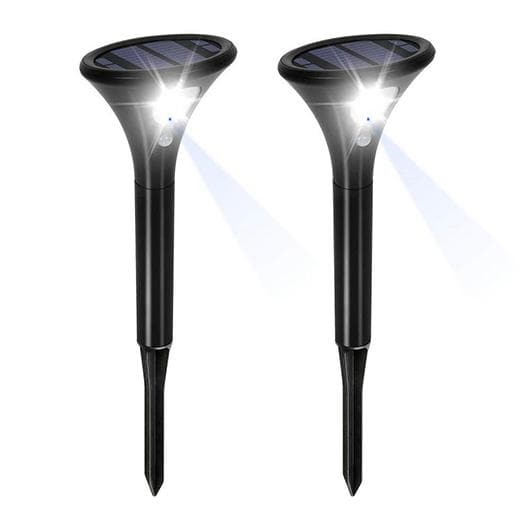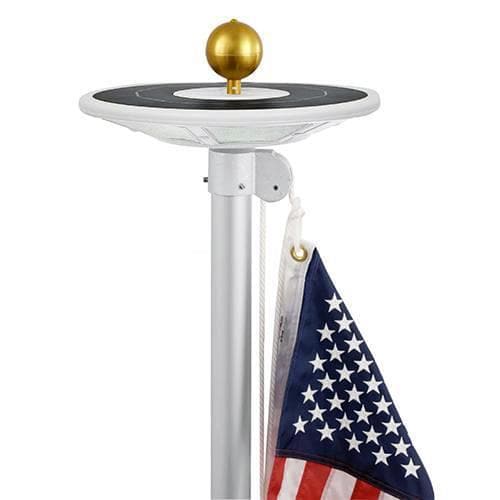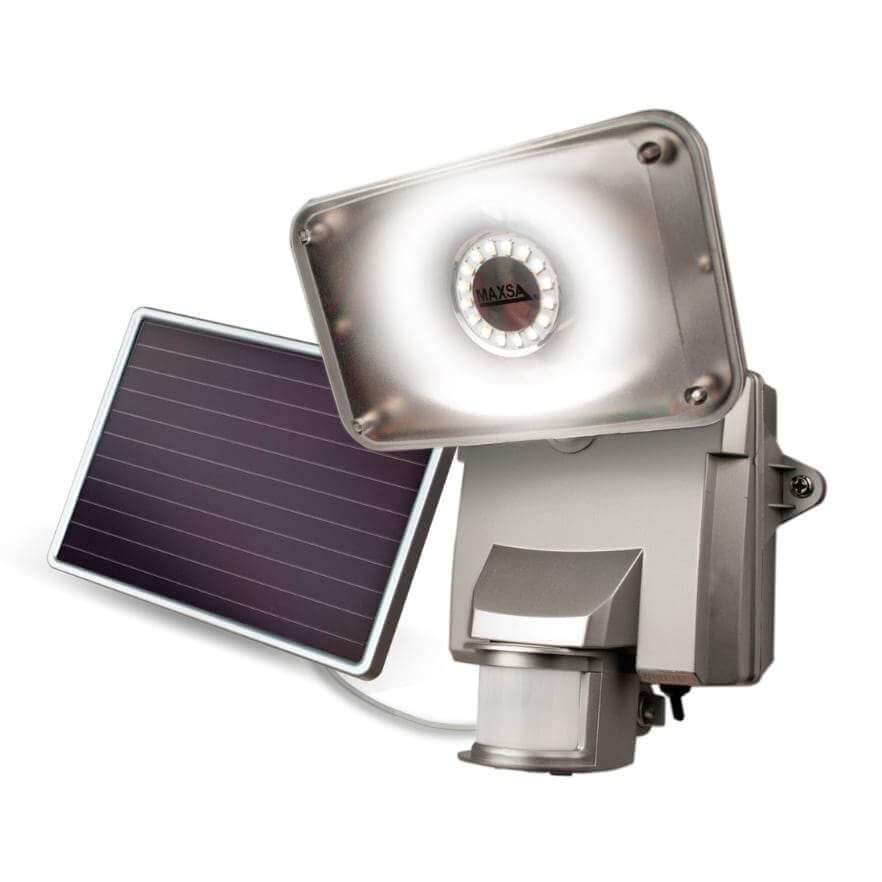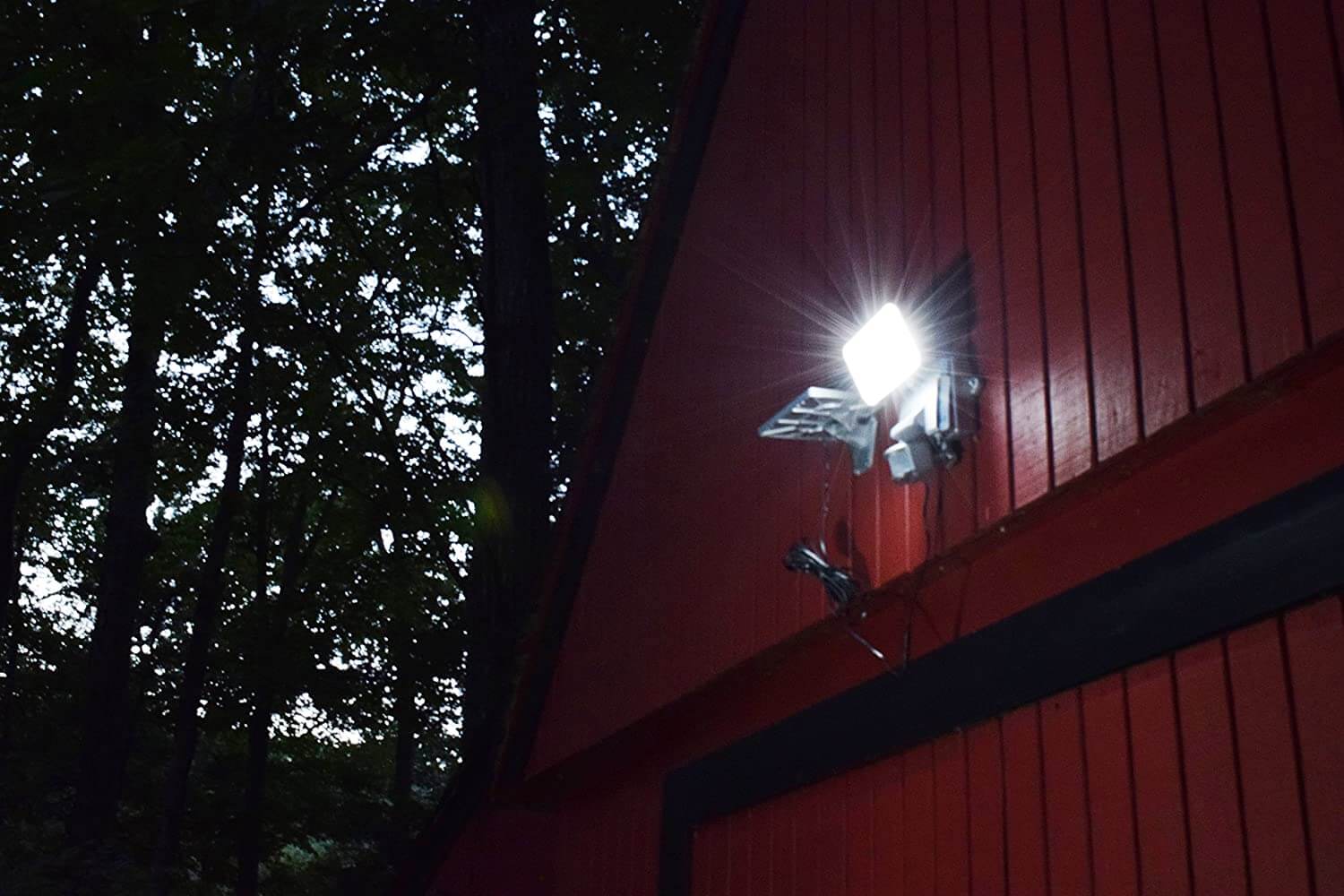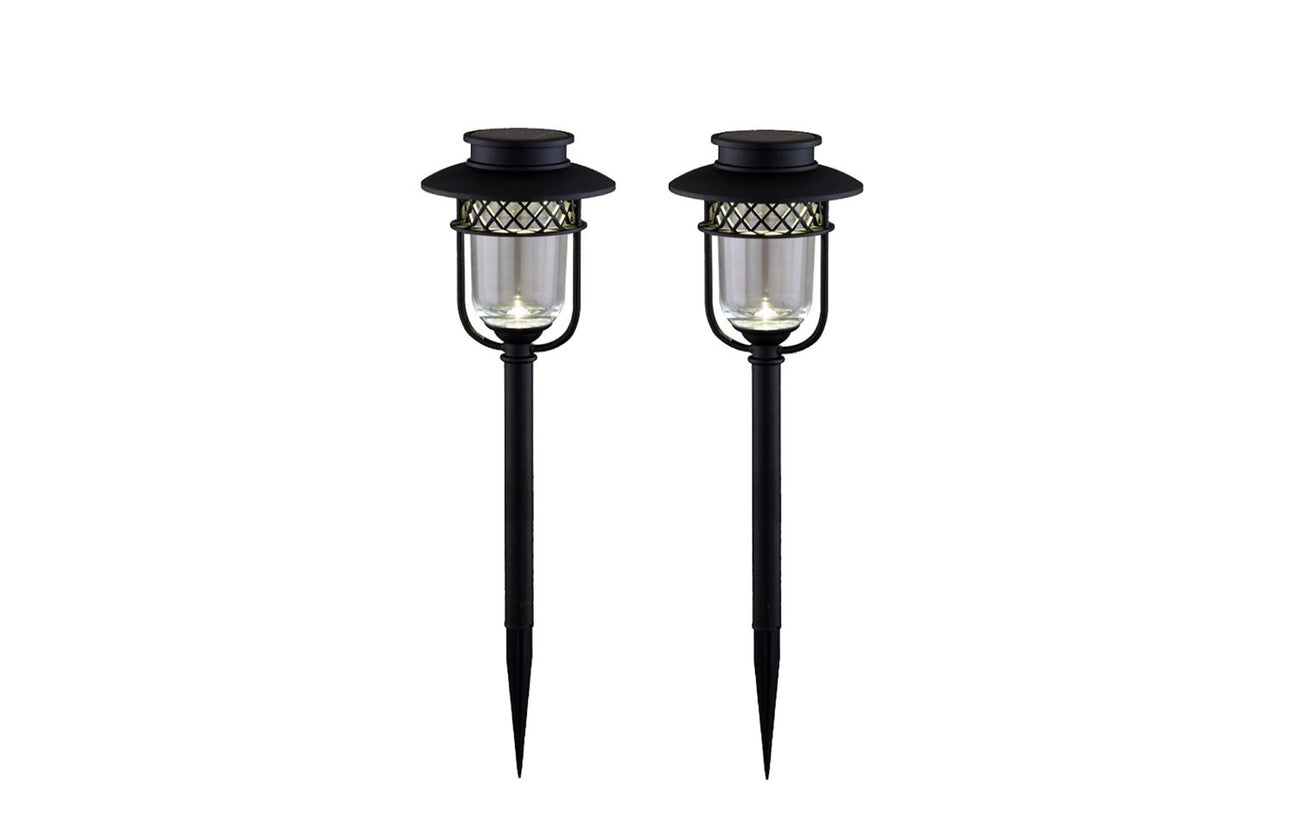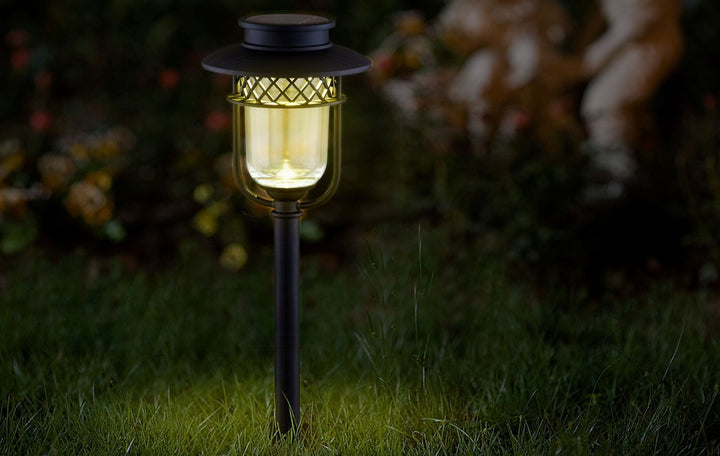 In an ideal world, the heat from your home would rise to the attic and naturally escape from the soffit or ridge vents located there. The reality is, the air in your attic must first heat to the point of expansion before it will be forced out of a vent. By the time that happens, the wood and plaster used to construct your home have warmed, and are transferring the heat of the attic into your living space. Often times in the summer, such houses overheat and become stuffy and uncomfortable. This issue is why many people choose to install attic fans (also known as whole house fans) to assist with expanding and pushing out the hot air trapped up there, helping to keep air flowing and the temperature comfortable in your home during the hot months.
In an ideal world, the heat from your home would rise to the attic and naturally escape from the soffit or ridge vents located there. The reality is, the air in your attic must first heat to the point of expansion before it will be forced out of a vent. By the time that happens, the wood and plaster used to construct your home have warmed, and are transferring the heat of the attic into your living space. Often times in the summer, such houses overheat and become stuffy and uncomfortable. This issue is why many people choose to install attic fans (also known as whole house fans) to assist with expanding and pushing out the hot air trapped up there, helping to keep air flowing and the temperature comfortable in your home during the hot months.
But while attic fans can be a great asset to your home, sometimes they can break down or malfunction. Below, we will take a look at some of the most common issues that occur with attic fans, how to go about troubleshooting, and when it might be time to replace your fan.
Common Attic Fan Issues
Even with the highest quality attic fans, you’re likely to run into one of these common attic fan problems at some point or another. Here we’ll make a note of some that are specific to electric attic fans, and which ones can be avoided by opting for a solar powered attic fan instead.
Motor not working
As is often the case with anything electric, at some point the motor may stop working or malfunction. This problem can be caused by an issue with an electrical connection or a broken component within the motor itself from many years of use.
Before calling in a pro to fix the fan, check that the problem is not from the wiring, as there may simply be a short along the circuit, or another issue that is not in the attic fan itself. Much of the time, if the issue is electric, it can be rewired and fixed. Otherwise, you may need to replace your motor.
Electricity to Fan Not Working
If after flipping the breaker and testing a couple different outlets, you discover that the issue is electric rather than in the fan itself, you will likely need to call in an electrician to take care of it. Over time, wiring can break down or weaken, which causes this problem.
Since solar-powered attic fans do not need electricity to function, this issue occurs only in traditional electric attic fans and can be avoided by using the solar type of energy.
Motor Running But Blades Not Spinning
In the case of this problem, you will see that your motor is functioning properly, but the blades are not moving to push the air out. This is probably due to the belt being cracked or broken.
Check this by removing the outer casing to see if there is damage to the belt. If so, you will just need to replace it.
Solar Panels Not Getting Enough Sunlight
Since solar-powered attic fans rely on energy from sunlight, it is crucial that the panels charge enough to power the fan. If your fan appears not to be functioning at its full capacity (fan blades are moving slowly or not at all), check to see if something is blocking the solar panels from charging.
Oftentimes, removing debris or cleaning the panels is the best way to address this issue.
Caught blades
If you notice that the ventilation from the attic fan is not flowing as well as it should be, there might be a blade caught somewhere. This issue can happen on any type of attic fan, as it is caused by the fan blades being bent, dented, or broken.
In this case, shut off the power to the fan and check the blades. If needed, either replace the blades or hammer them back into their original shape. This is a very common issue caused by normal wear and tear over the years.
Air Seal Leak
While during the summer, attic fans help to push out air, in the wintertime you may notice another issue related to your fan: air leaks. These gaps (often found in attics) allow cold air to make your home drafty.
Take a day to plug and seal these leaks to ensure that your attic fan will function at its highest capacity.
Piece Broken
While attic fans use a simple process to make the air in your home comfortable, sometimes pieces can break. Try to narrow down the area where there seems to be an issue to find out what piece may need to be replaced. Depending on its size and function to the fan, you may be able to replace the part instead of the entire fan.
Contact a professional to find out what the best option in your situation is, as sometimes a repair can be more costly than a replacement.
Making a noise
Attic fans can sometimes start making noise, whether it’s humming, rattling, or making some other annoying noise. Parts can come loose or erode from high amounts of fan usage, while turning the speed up to high can cause a persistent, loud hum.
You can fix this issue by turning down the settings, or checking that the fan is getting enough air. Sometimes opening a window in the attic can address these issues, and can be done yourself. If this doesn’t fix the issue, you may want to consult with a professional to figure out the issue.
Get Your Attic Fan in Working Order
When it comes to protecting your home from excess moisture, mold, and other signs of trouble, attic fans can are crucial to the health and safety of your home and family. They increase ventilation in your attic to avoid excessive moisture which can cause mold and other problems. Plus, they can help deal with summer heat that can dry your rafters and cause them to warp and crack, while also keeping energy costs down by improving airflow in your home and taking some pressure off of your air conditioning system.
Despite all of its benefits of reducing the temperature in your home and lowering your risk of hazards like rotting lumber, sometimes attic fans have complications. For smaller issues such as broken pieces, you can likely fix yourself. Electric or motor issues should be addressed by a professional, or in some cases you might just need to replace the fan altogether.
Attic Fan Replacement
Should you find yourself in the market for a new attic fan, consider going solar. Many of the issues listed here are specific to or more common with electric fans, so by switching to solar, you reduce the likelihood of having to deal with that headache.
Shop Outdoor Solar Store’s wide selection of solar attic fans and start getting comfy.

